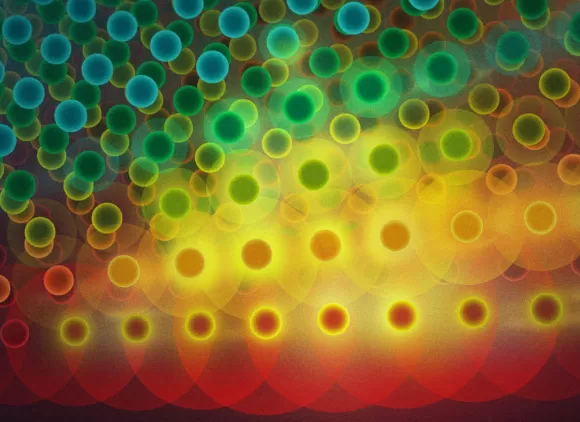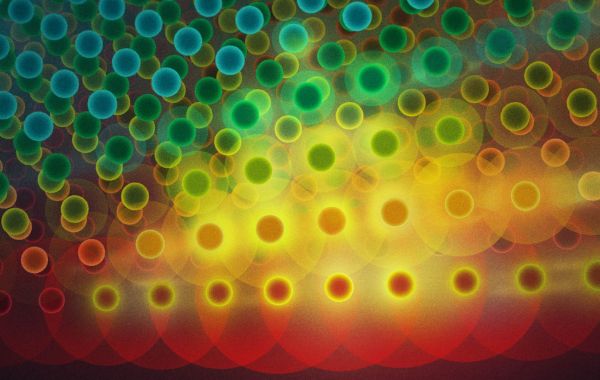About the series
Our speaker: Paul Morin serves as the Director of the Polar Geospatial Center at the University of Minnesota, where he leads a team of two dozen researchers responsible for imaging, mapping and monitoring the Earth’s polar regions for the National Science Foundation’s Division of Polar Programs. Morin is also the liaison between NSF and the National Geospatial-Intelligence Agency’s commercial imagery program. Before founding the Polar Geospatial Center, Morin was at the National Center for Earth-Surface Dynamics at the University of Minnesota, and he has worked at the University of Minnesota since 1988. Morin serves as the National Academy of Sciences–appointed U.S. representative to the Standing Committee on Antarctic Geographic Information under the Scientific Committee for Antarctic Research. One of his current projects is ArcticDEM, a White House initiative established in 2015 to produce a high-resolution, time-dependent elevation model of the Arctic using Blue Waters.
Abstract: For years, those of us that made maps of the Poles apologized. We apologized for the blank spaces on maps, we apologized for mountains being in the wrong place, and out-of-date information. Over the past 10 years the situation improved. An image mosaic of Antarctica was built, airborne RADAR produced an improving view under the Antarctic ice sheet, and a constellation of satellites started to stream data at ever higher resolution, at an increasing tempo, and even during the long Polar winters. In addition, NSF petascale computing was finally ready to process the constant stream of imagery.
Now a diverse collaboration of US science and intelligence agencies, universities, and a geospatial software company has produced REMA - the Reference Elevation Model of Antarctica - and ArcticDEM, using open source software to extract Digital Elevation Models (DEM), or digital topography, from licensed imagery on the NSF funded Blue Waters supercomputer at a resolution of 2m. The data have an accuracy of a foot and repeat coverage of 90% of the poles an average of 10 times over 6 years. Now with computer time allocations on NSF funded systems such as Stampede2, Frontera and the extension of Blue Waters by NSF and the National Geospatial-Intelligence Agency we have entered a new era of science at the Earth’s surface. This next step is EarthDEM, a 2m posting Digital Surface Model of the entire planet.
Date and time: Thursday, August 15, 2019 at 2 pm EDT
Event address for attendees:
https://nsf2.webex.com/nsf2/onstage/g.php?MTID=ea3285f5e7c6040637734d0b36184b915
Event number: 905 933 219
Audio conference information: To receive a call back, provide your phone number when you join the event, or call the number below and enter access code USA Toll: +1-510-210-8882
Global call-in numbers:
https://nsf2.webex.com/nsf2/globalcallin.php?serviceType=EC&ED=13767802&tollFree=0
For live captioning, please log in to the event at the start time through the link below:
https://www.captionedtext.com/client/event.aspx?EventID=4020073&CustomerID=321
Event ID for real-time captions: 4020073
NOTE: This event will be recorded.




